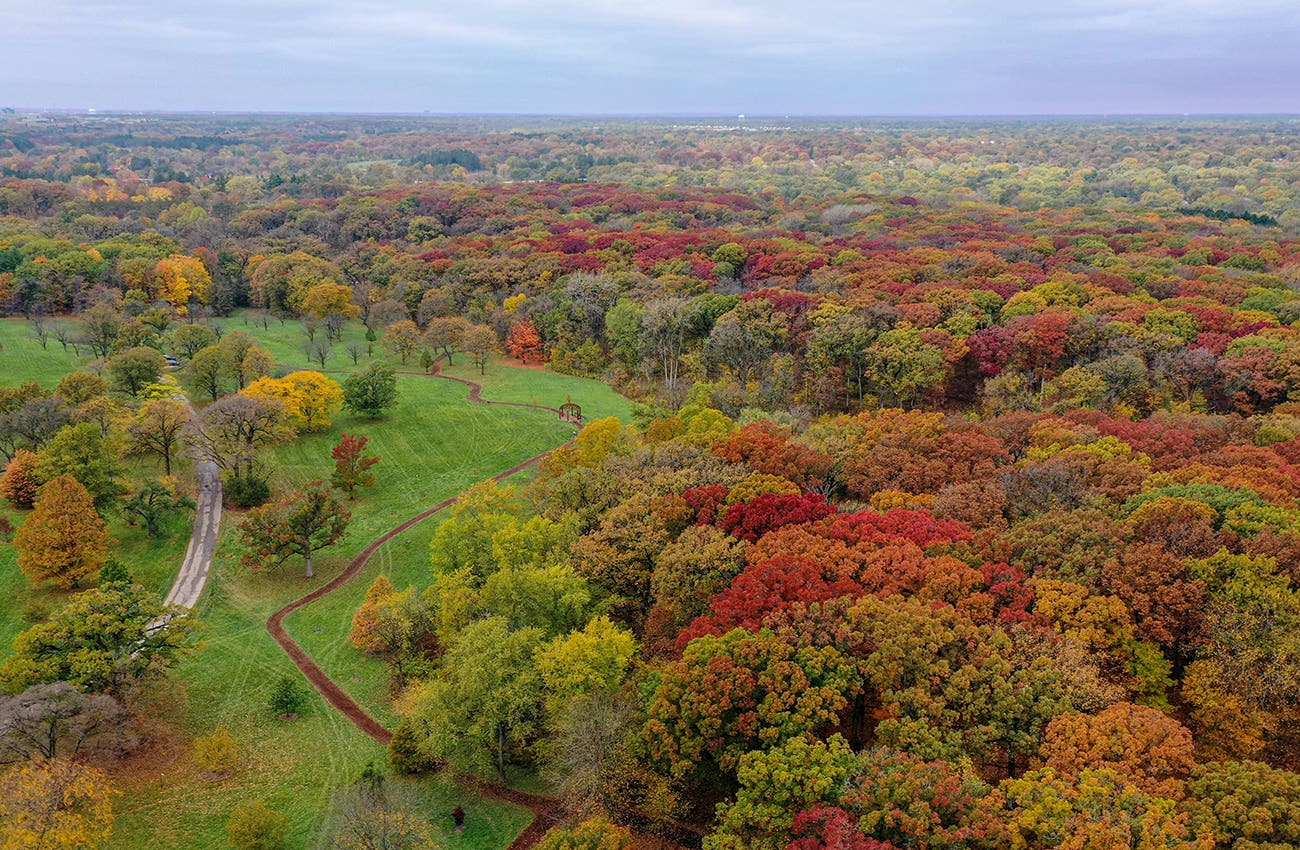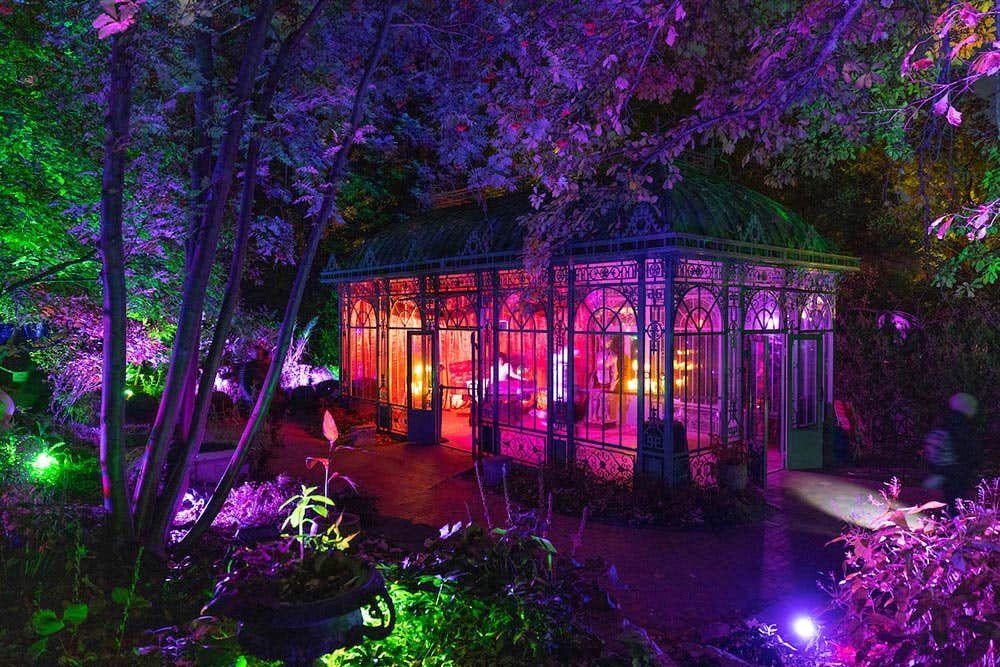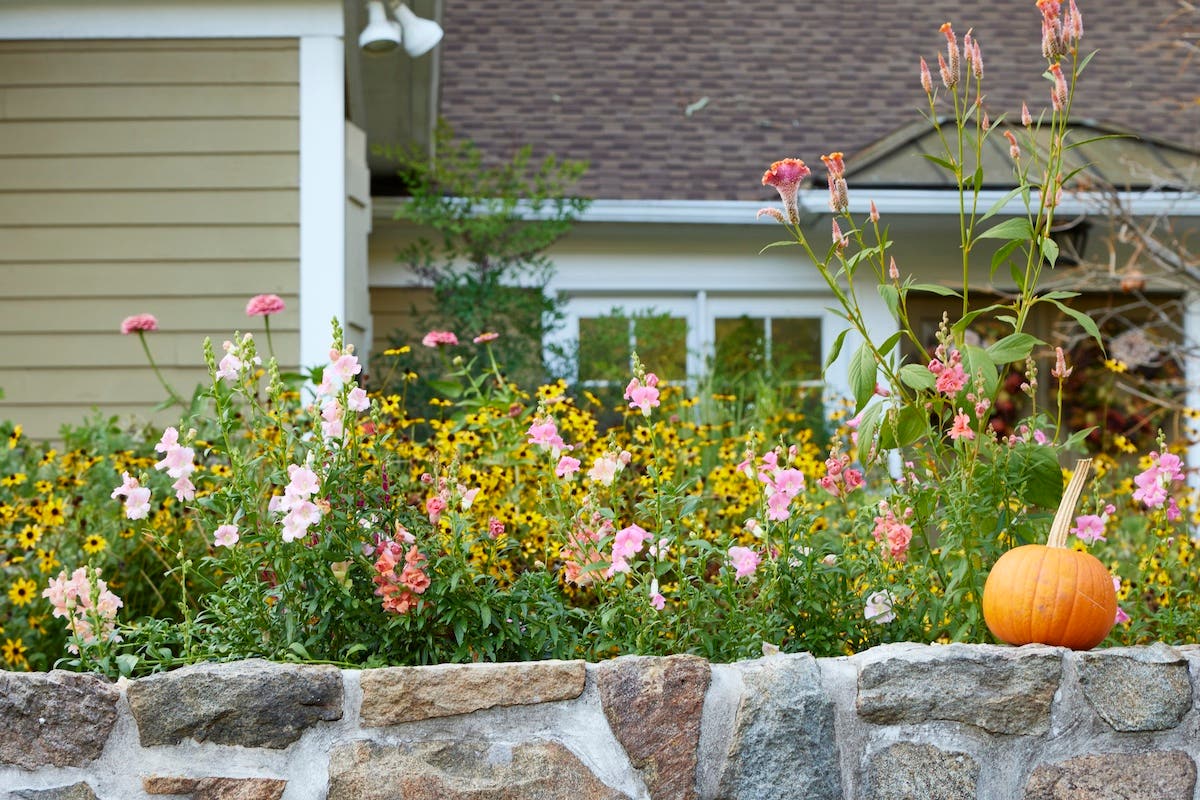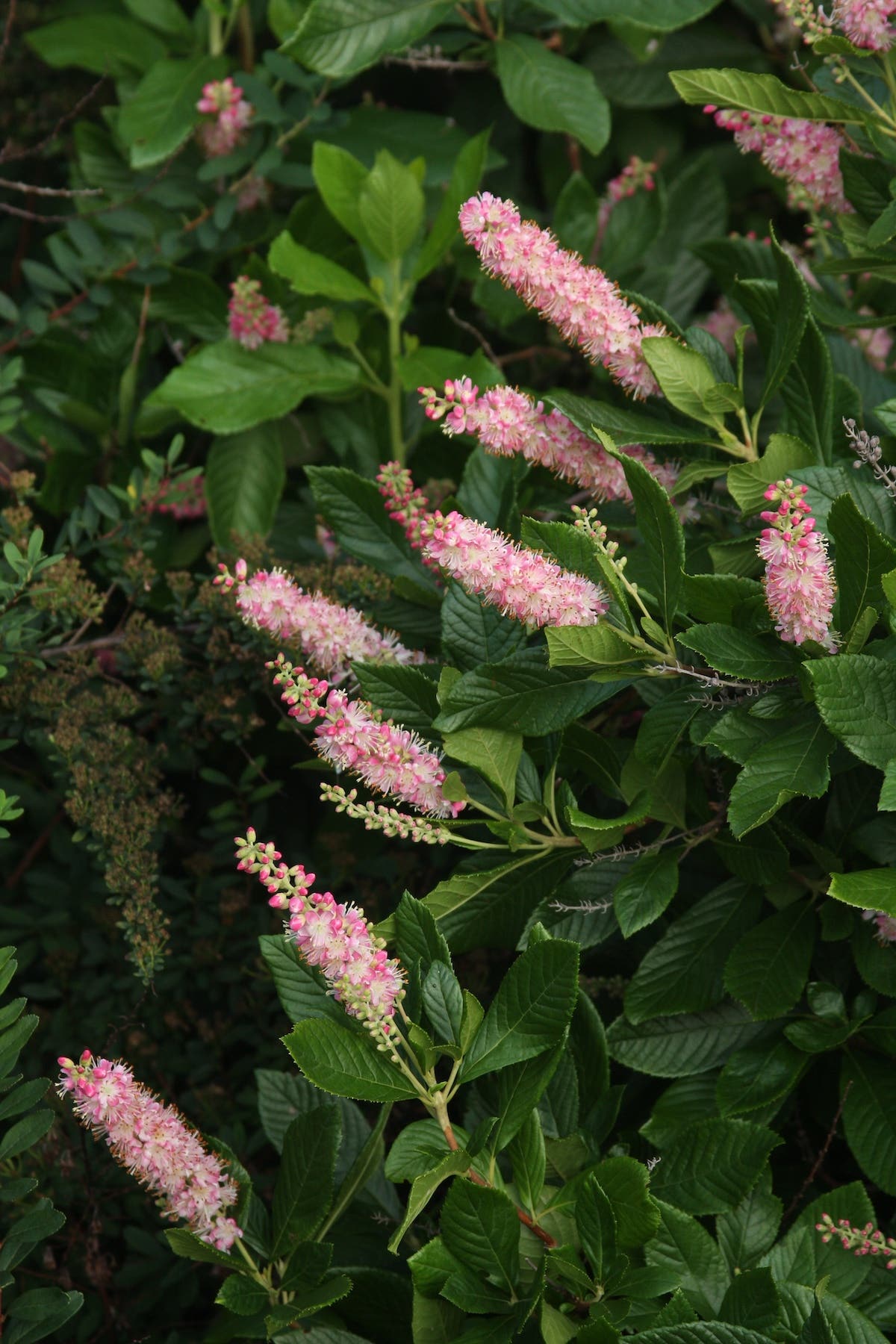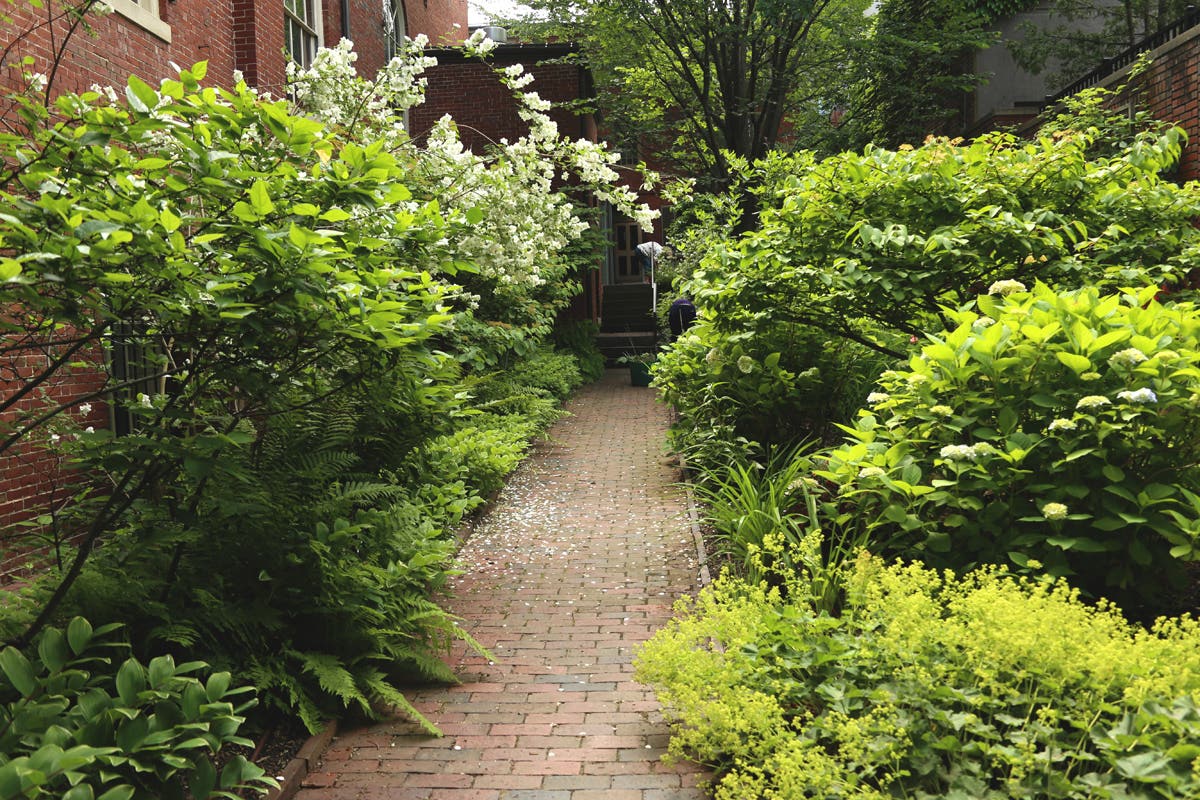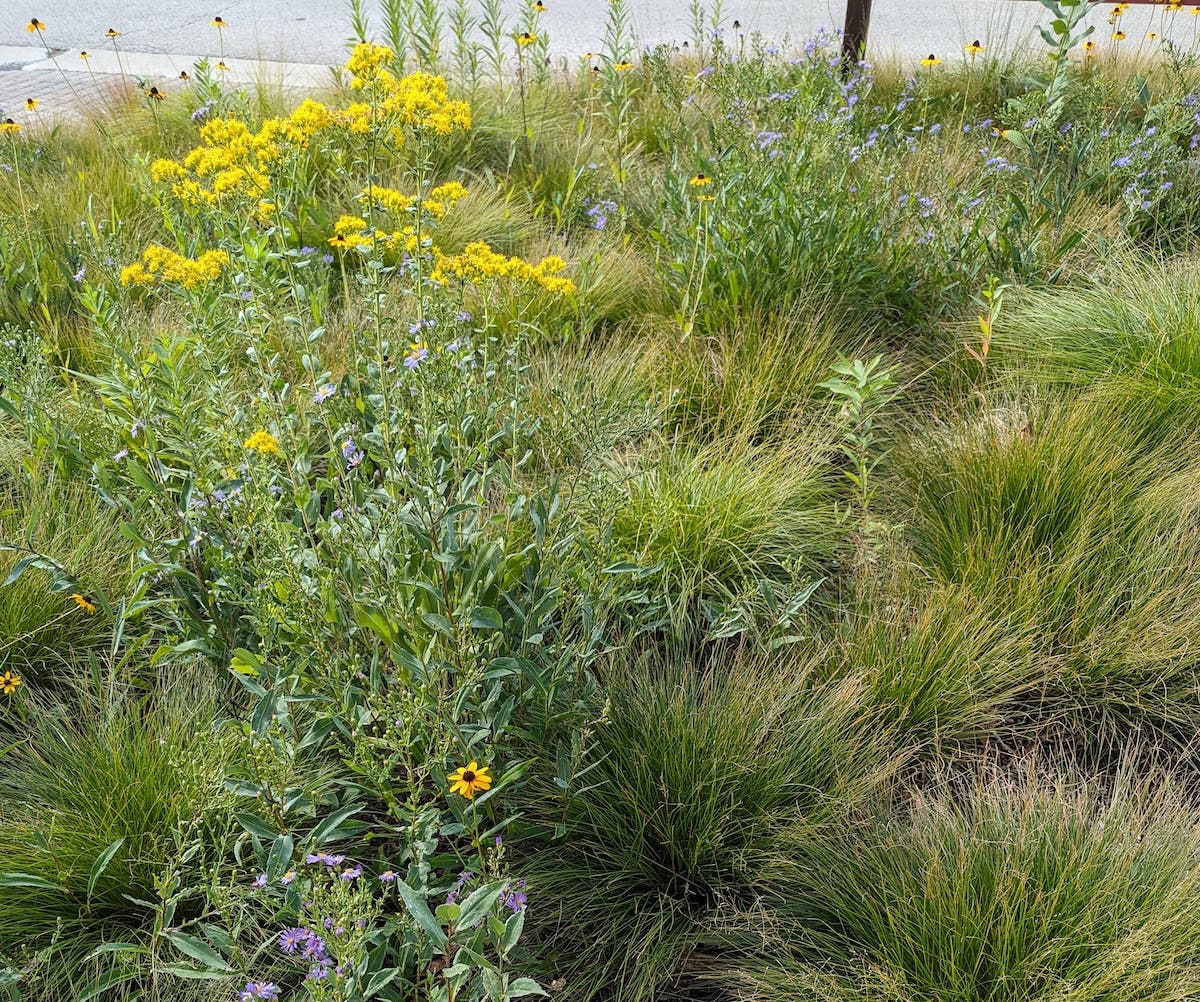Using Metallic Hues in the Garden and Containers
Here’s how to use plants that have gold, silver, bronze or copper colored leaves to their best effect.
Foliage burnished with gold, silver, bronze and copper can be a valuable asset in the garden. With careful placement and the right companions, these elegantly colorful leaves can outshine the brightest flower.
Placement and companions for gold leaves
Gold leaves are eye-catching no matter where they’re placed, and their color is especially versatile. Gold contrasts well with blue and purple, or it can mix with red or orange for a bold, hot mix. White and gold make a clean and classic combination and look particularly nice in shade because they brighten the space.
Strong midday or afternoon sun can scorch some gold-leaved plants, even those rated to full sun. Look for cultivars whose descriptions mention that they won’t scorch, or place gold-leaved plants where they get protection from the strongest sun.
How to use silver foliage
Harsh sun is no match for many silver-leaved plants, however. In many cases that silvery look comes from adaptations to harsh conditions. Some silver foliage bears a waxy or filmy coating to reflect strong sun. Others have a furry surface that catches rainfall, moistening the plant’s cells before shedding the water toward the roots.
Sun-loving silver plants can be placed to great effect in front of dark-leaved evergreens. The color works well with any other color of foliage or flower. Silver intensifies the energy and excitement of hot red and orange, blends with calming, cool blues and purples and mediates different shades of white.
And like white, silver reflects light. It takes on a special glow at dawn and dusk, recommending placement along a pathway or patio used at those times of day. (Take advantage of silver and white's glow with a moonlight garden.) Shade-loving silver plants work well to brighten dark areas.
Related: Here's a great silver-leaved plant to spotlight in a pot: Angel Wings senecio.
The easiest metallic: bronze leaves
Bronze or copper leaves are even easier to mix throughout the garden. Being akin to brown, their color is exceedingly neutral. Bronze foliage can serve as a bridge between garden areas that emphasize different colors, particularly if they clash with one another.
Bronze-leaved shrubs or large grasses can act as a dark backdrop in the garden, setting off bright or pastel flowers placed in front. Siting bronze or copper foliage where the setting or rising sun will shine through it brings out hidden orange and red tones.
All images courtesy of Walters Gardens


